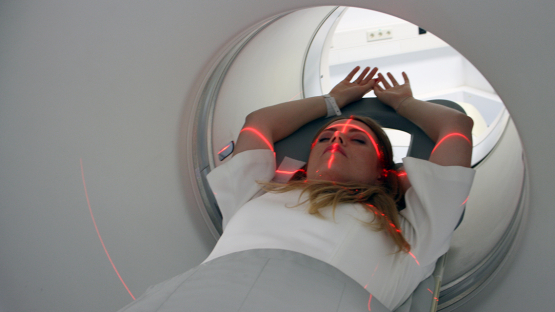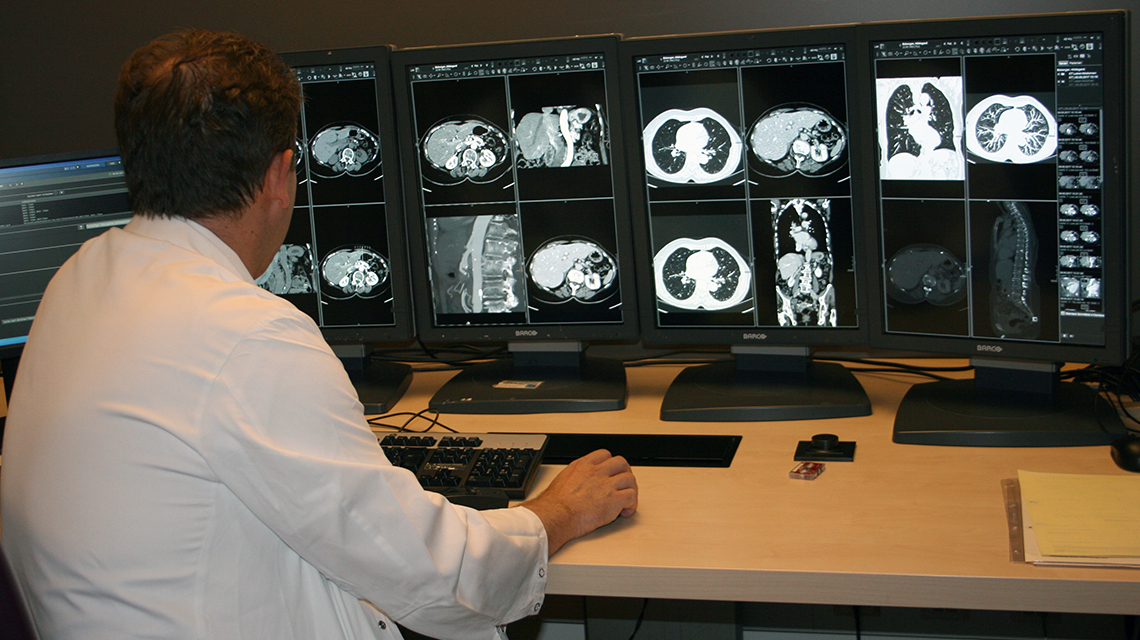Progress made to reduce radiation-related risks – while maintaining the benefits – for patients who need frequent medical imaging was discussed at a virtual meeting held by the IAEA this week. Participants covered the impact and concrete actions needed to strengthen patient protection guidelines and technological solutions to monitor patient exposure history and took stock of global efforts to continuously enhance radiation protection of patients.
“Every day, millions of patients benefit from diagnostic imaging such as computed tomography (CT), X-rays and image-guided interventional procedures nuclear medicine procedures but with the increased use of radiation imaging comes the concern about the associated increase of radiation exposure for patients,” said Peter Johnston, Director of the IAEA Radiation, Transport and Waste Safety Division. “It is critical to establish concrete measures to improve justification for such imaging and optimization of radiation protection for each patient undergoing such diagnosis and treatment.”
Over 4 billion diagnostic radiological and nuclear medicine procedures are performed globally each year. The benefits of these procedures far outweigh radiation risks when they are performed only as clinically justified, using the minimum necessary exposure to achieve the required diagnostic or treatment objective.
The radiation dose from a single imaging procedure is very low, ranging typically from 0.001 mSv to 20-25 mSv, depending on the type of the procedure. This is comparable to the natural background radiation exposure a person gets from a few days to a couple of years. “However, radiation risks may heighten when a patient undergoes a sequence of imaging procedures involving radiation exposure, especially if they are performed within short periods of time,” said Jenia Vassileva, an IAEA Radiation Protection Specialist.
Over 90 experts from 40 countries, 11 international organizations and professional bodies attended the meeting from 19 to 23 October. Participants included radiation protection experts, radiologists, nuclear medicine physicians, clinicians, medical physicists, radiation technologists, radiobiologists, epidemiologists, researchers, manufacturers and patient representatives.





